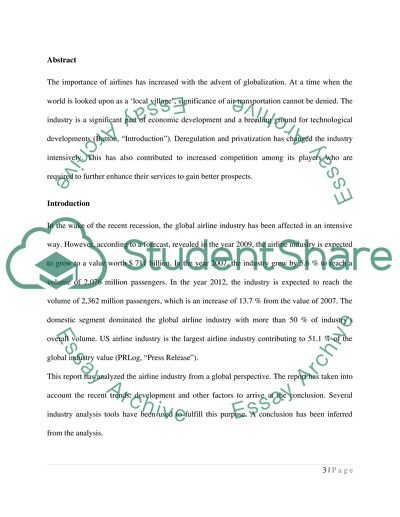Cite this document
(Porters Five Forces Analysis of the Airlines Industry Case Study, n.d.)
Porters Five Forces Analysis of the Airlines Industry Case Study. Retrieved from https://studentshare.org/macro-microeconomics/1573926-global-airline-industry-report-course-business-research-methods
Porters Five Forces Analysis of the Airlines Industry Case Study. Retrieved from https://studentshare.org/macro-microeconomics/1573926-global-airline-industry-report-course-business-research-methods
(Porters Five Forces Analysis of the Airlines Industry Case Study)
Porters Five Forces Analysis of the Airlines Industry Case Study. https://studentshare.org/macro-microeconomics/1573926-global-airline-industry-report-course-business-research-methods.
Porters Five Forces Analysis of the Airlines Industry Case Study. https://studentshare.org/macro-microeconomics/1573926-global-airline-industry-report-course-business-research-methods.
“Porters Five Forces Analysis of the Airlines Industry Case Study”, n.d. https://studentshare.org/macro-microeconomics/1573926-global-airline-industry-report-course-business-research-methods.


